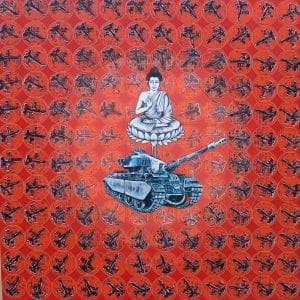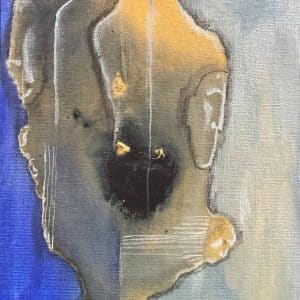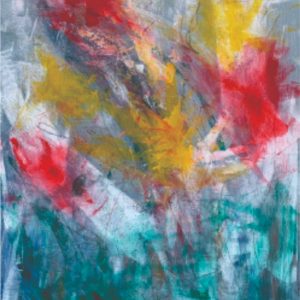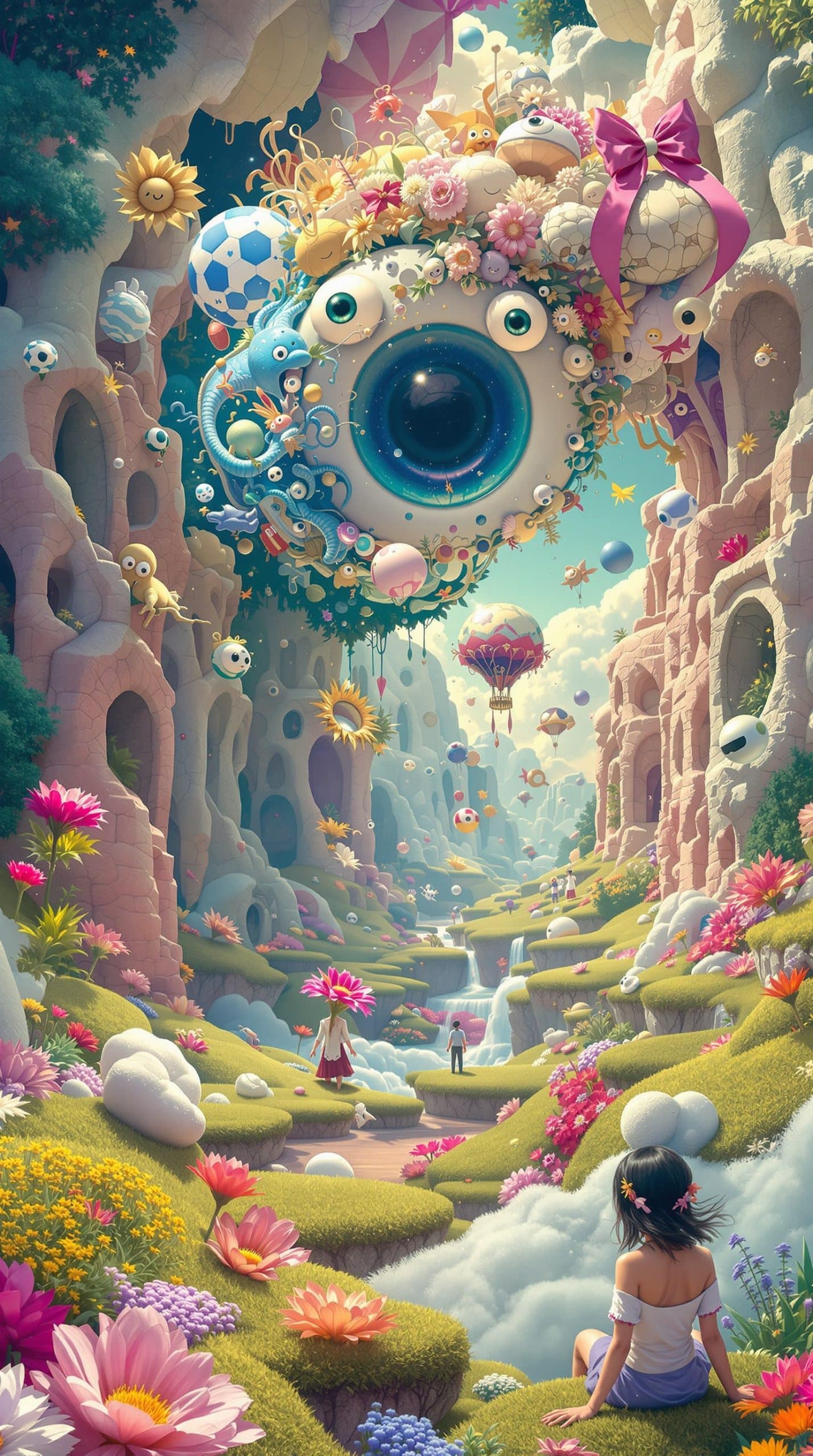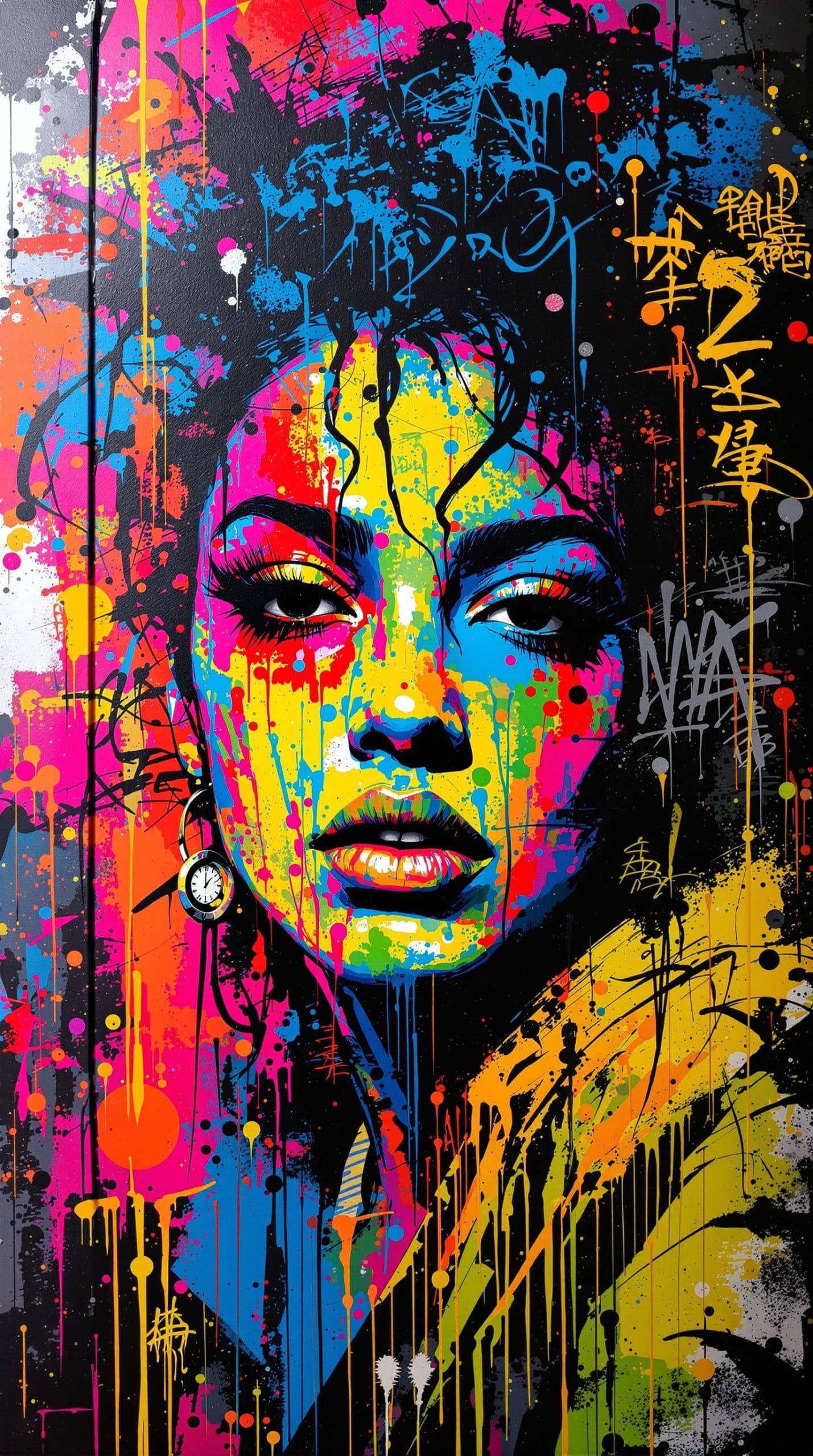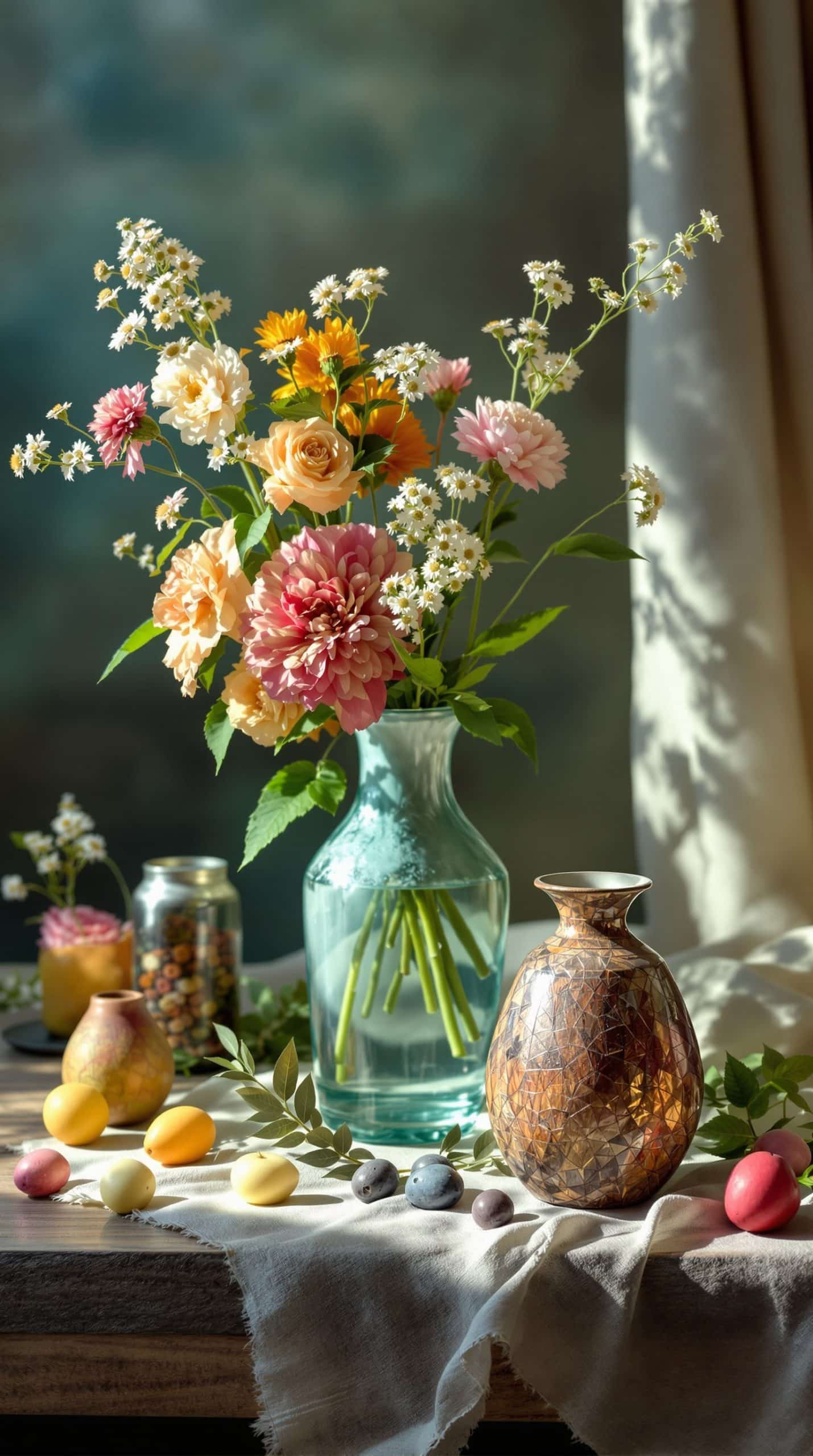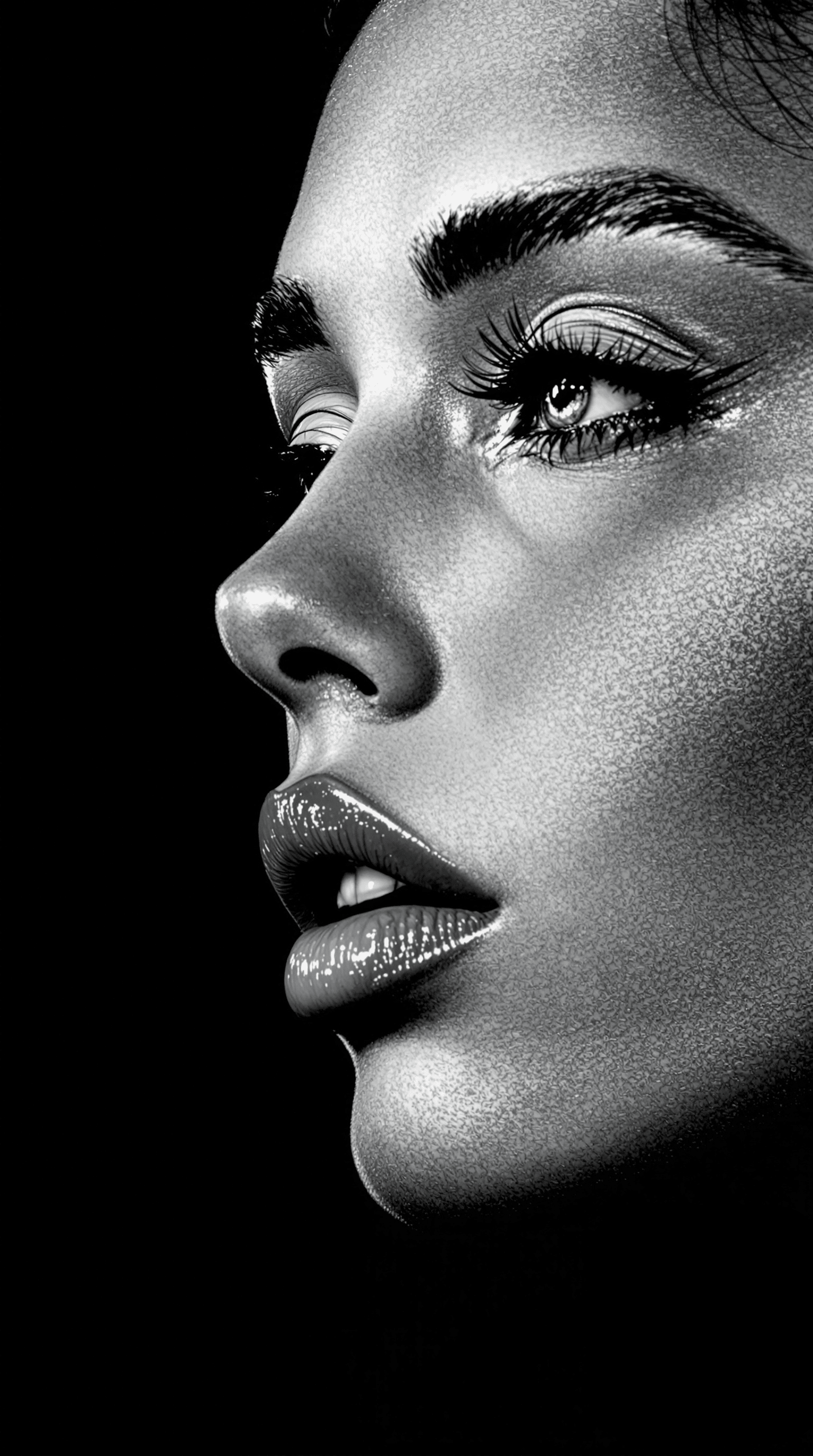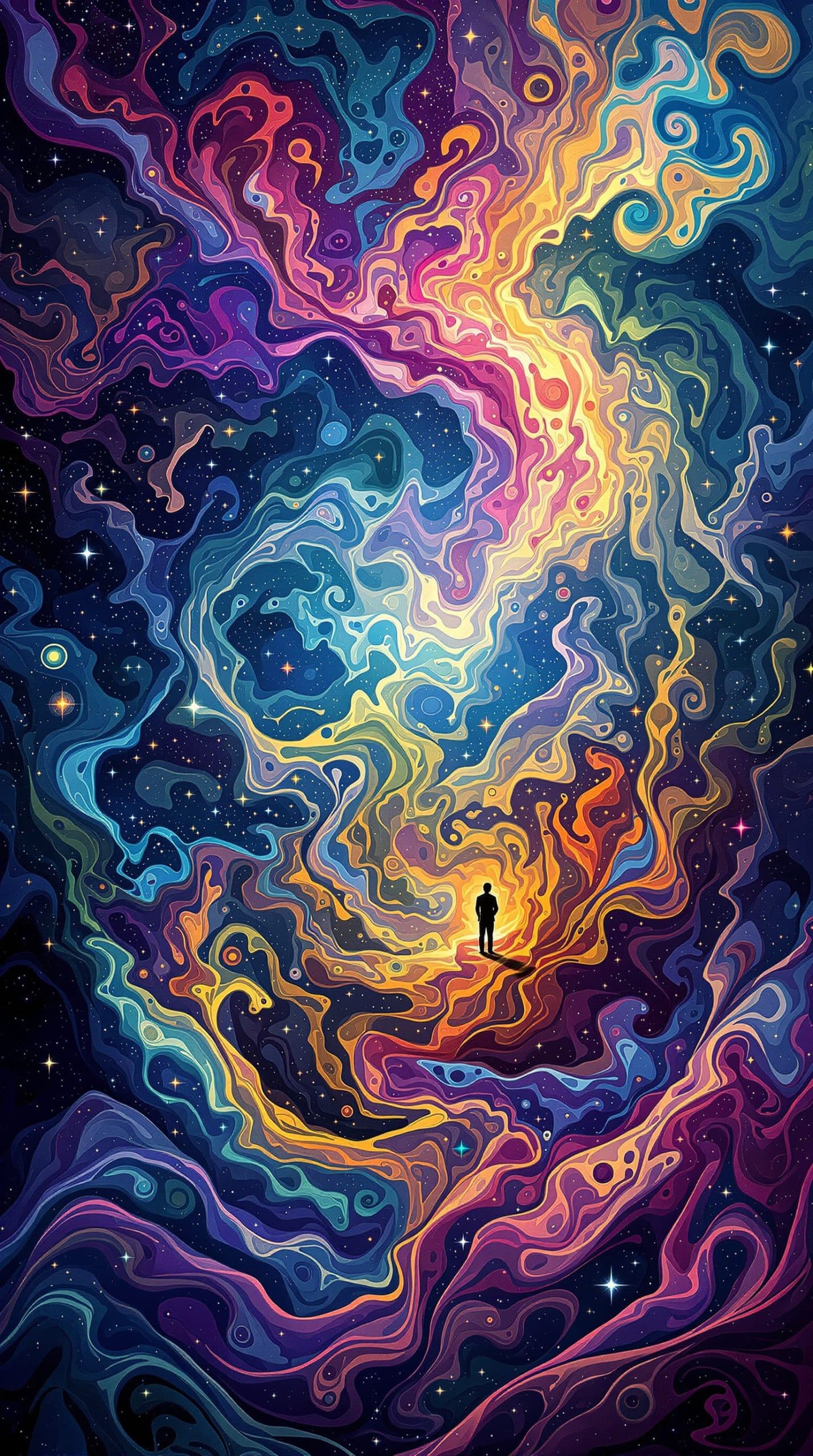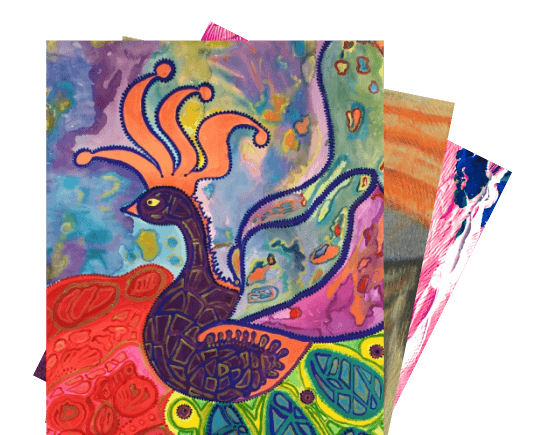Filters
Available Artwork
Showing 10–18 of 150 results
-

Affluence in Home
Acrylic on Canvas
40 W x 54 H Inch
$3,670
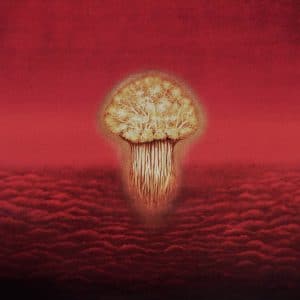
“Untitled”
Acrylic on Canvas
48 W x 48 H Inch
$1,380
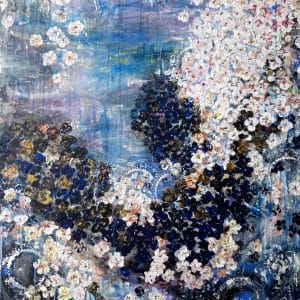
Cherry blossoms
Acrylic on Canvas
32 W x 48 H Inch
$6,770
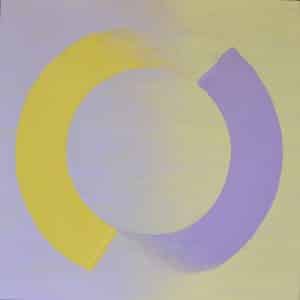
Balance in the Imbalance
Acrylic on Canvas
24 W x 24 H Inch
$1,470
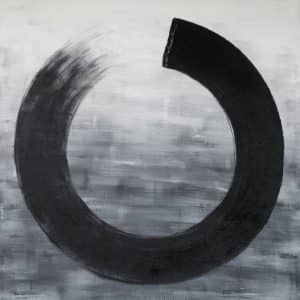
Essence
Acrylic on Canvas
36 W x 36 H Inch
$2,300
Other styles of paintings you may like
Origins of Spiritual Painting:
Spiritualistic art is a form of art that has multiple names, including spirit art, psychic painting, or mediumistic painting. This form of art is influenced by spiritualism. Eventually, spiritualism influenced artistic consciousness, having a profound impact on what became modernism and the art of today.
Renaissance-era artists, alongside the pursuit of anatomical and perspectival accuracy, also sought to convey the beauty of the human form and the natural world. They drew inspiration from classical mythology and Christian iconography to create works that spoke to the divine. Michelangelo's "Sistine Chapel" ceiling is a renowned example of Renaissance-era spiritual art. The frescoes depicted scenes that are from the Old and New Testaments, including the creation of Adam and the Last Judgement, which is considered one of the outstanding achievements in Western art. The Baroque era artists brought a shift that was more inclined towards emotional and theatrical styles in art. They often employed dramatic lighting and used exaggerated forms to convey an intense spiritual experience. One of the artists who was known for his religious paintings was the Spanish painter Francisco de Zurbarán. Zurbarán often featured stark contrasts between light and dark, as well as elements of emotional depth and turmoil, in his artworks.
In the 19th century, the Romantic movement embraced the concept of the sublime, which refers to the awe-inspiring power of nature and the cosmos. Artists like William Blake, Caspar David Friedrich, and J.M.W. Turner created works that celebrated the beauty and mystery of the natural world, often imbued with spiritual symbolism. Blake's visionary poetry and mystical illustrations, for example, drew on Christian, Eastern, and Hermetic traditions to convey a sense of cosmic unity and transcendence. In the late 19th and early 20th centuries, two groundbreaking female artists, Georgiana Houghton and Hilma af Klint, created deeply spiritual artworks that were far ahead of their time. Houghton, a British artist, began producing automatic drawings in the 1860s, which she believed were guided by spirits. Her works, often created with watercolours and coloured pencils, are rich in intricate geometric shapes and delicate floral patterns. Although her art was overlooked mainly during her lifetime, it has recently been rediscovered and is now celebrated for its ethereal beauty and visionary depth.
In the 20th century, several modern art movements, Surrealism, Abstract Expressionism, and Minimalism, pushed the boundaries of how spirituality and the cosmos could be expressed through art. Surrealist artists like Salvador Dalí and René Magritte tapped into the dream world, using fantastical imagery to delve into the unconscious mind and explore the irrational forces that shape our inner lives. Meanwhile, Abstract Expressionists such as Jackson Pollock and Mark Rothko turned to bold colours and expressive brushwork to evoke feelings of transcendence, drawing inspiration from spiritual and mystical traditions across different cultures. At the same time, Minimalist artists like Donald Judd and Dan Flavin embraced simplicity—using clean geometric shapes and industrial materials to craft quiet, immersive environments that encouraged deep reflection on space, light, and the unknown.
In contemporary art, spirituality and cosmic themes are explored through a range of media and styles. Some of the artists who explore this form of art include James Turrell, Olafur Eliasson, Takashi Murakami, and more.
FAQs for Spiritual Painting: Your Essential Guide
Are beautiful spiritual paintings considered suitable investments for art collectors?Why is there a growing interest in spiritual artworks/paintings among modern art buyers?What makes spiritual paintings resonate with art collectors?How should beautiful spiritual paintings be displayed for maximum impact?What should collectors look for in abstract spiritual paintings?


